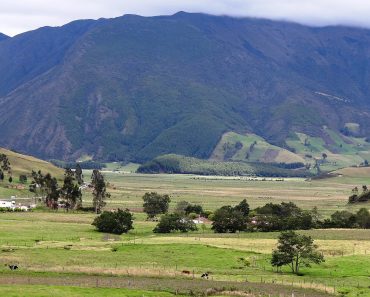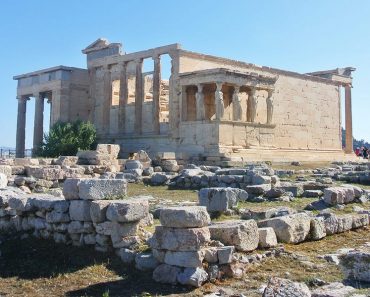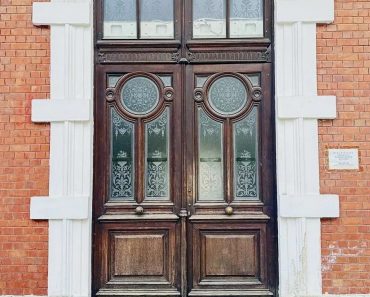Summer is just around the corner, which means higher temperatures and increased time spent under the sun. As an ode of gratitude, I’ll be turning my attention in this article to the heliacal energy source that signals the end of darkness and brightens our days. Here, you will find a historical account of wellness practices that have involved the sun and an exploration of current, controversial exercises as well. Besides the obvious health benefits like increased vitamin D (good for building healthy bones and supporting the immune system), the sun has been valued for a myriad of beneficial functions over time.
We’ll start our journey in ancient Egypt, where the virtue of wellness was both understood and regulated through a religious cosmology. Although this relationship had a more explicit manifestation in ancient Egypt, it’s not so far off from today’s milieu, which, although largely understood as secular, also conjures a notion of illness as somehow “going astray” from the virtuous path of good health.
Heliotherapy refers to the use of sunlight to heal ailments. In ancient Egypt, sunlight was believed to have powers that could stimulate and harness the body’s natural ability to heal itself. Ra, the god of the sun, was one of the most revered figures in ancient Egyptian religion and was believed to rule the earth, the sky and the underworld. Some sources note the presence of colored gems within healing temples built in ancient Egypt. The stones were placed in conspicuous locations that would allow for sunlight to shine through them onto those convalescing as a sort of diagnostic tool. This was referred to as color diagnosis.
Heliotherapy was also present in ancient Greece. Herodotus, known as the father of history, emphasized the importance of sun exposure for the renewal and revitalization of health. Additionally, Heliopolis, a Greek city, was characterized by the presence of healing temples and light rooms, which, like ancient Egypt, employed the use of different colored light, this time through using colored cloths over the windows.
And the list continues. In China, qigong and tai chi have been practiced for millennia, facing the rising sun to absorb yang energy (associated with heat and movement). All you Larchmontians frequenting the Center for Yoga are likely familiar with sun salutation—a central sequence in yoga meant to honor and respect the sun while welcoming its energy. Some Indigenous North Americans also practice The Sun Dance, a sacred ceremony which involves honoring the sun, seeking/being sought by visions and welcoming healing. In the 19th century, sunlight was also used in sanatoriums to increase the immune function of those convalescing from tuberculosis and rickets.
My favorite heliotherapy practices I’ve learned about are sun-gazing and perineum sunning (also known as butthole sunbathing). To sun-gaze, individuals look directly at the rising or setting sun for extended periods to absorb its energy through the eyes. For perineum sunning, the perineum (area between the anus and genitals) is exposed to direct sunlight for short periods under the impression that this practice will boost libido, energy, sleep, creativity and circadian rhythm regulation. For obvious reasons, both of these practices are controversial and have not been approved by the FDA. The dangers of staring at the sun (potential irreversible damage of vision) merit a clear warning here.
Whether you’re building a temple in your back yard designed to refract light through rubies or exposing your bum to the sun each morning, chat about it first with a health professional!
As always, I welcome you to reach out to me with any thoughts or questions at pcd1130@gmail.com.
Drawing by Priscilla Duggan

Category: Entertainment







